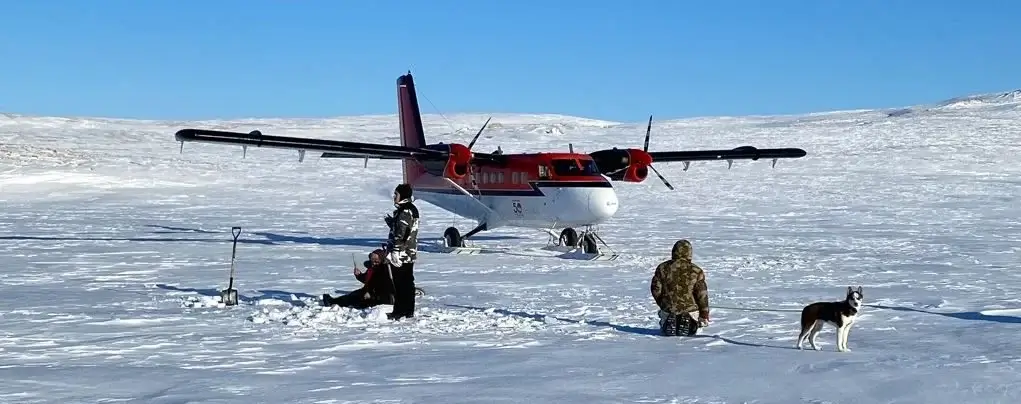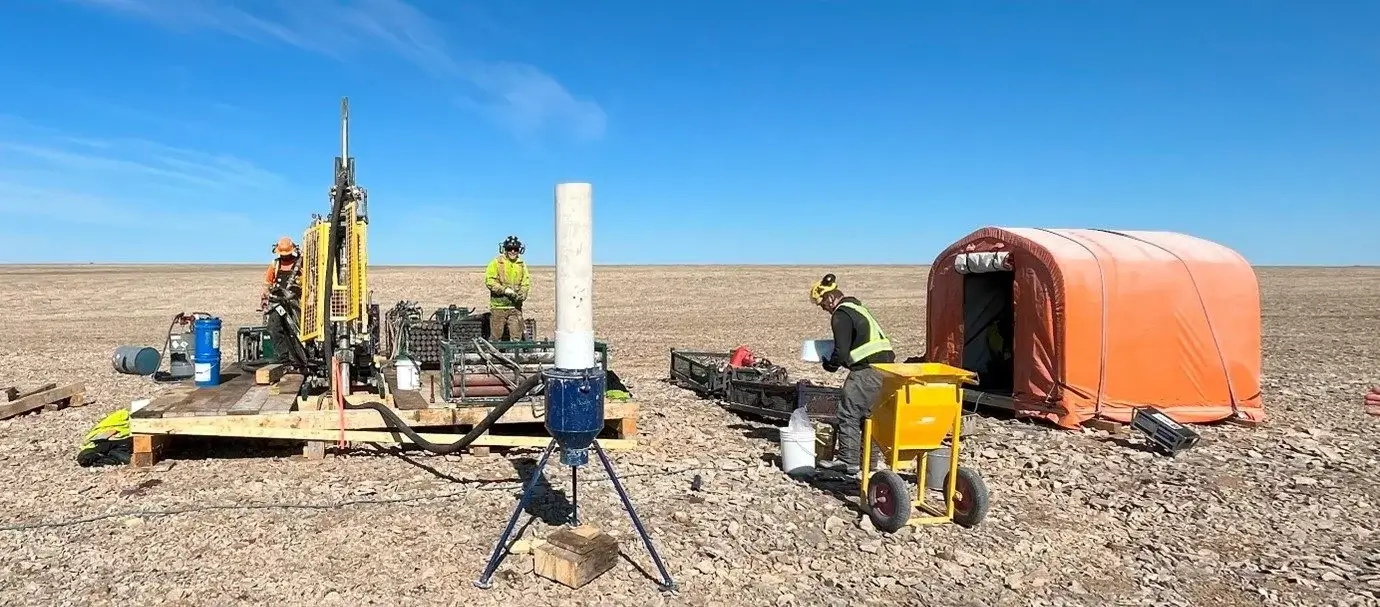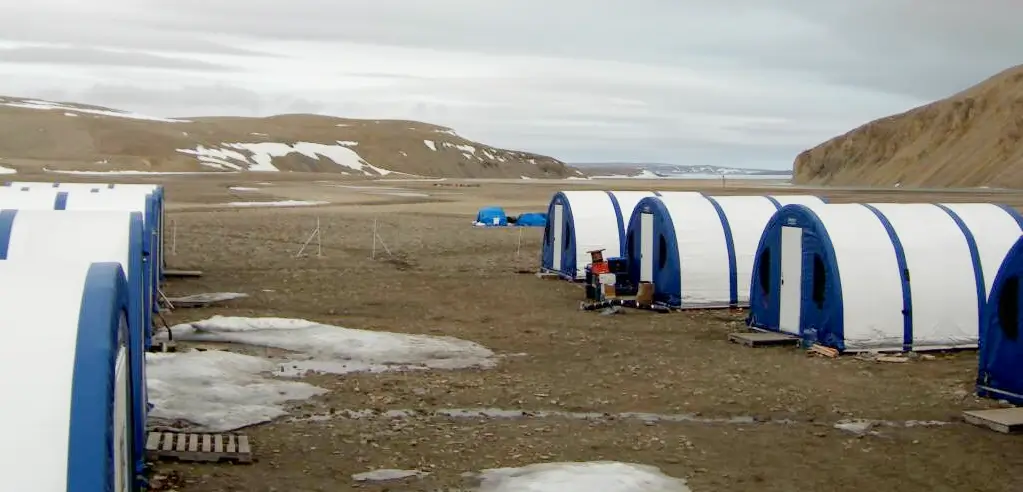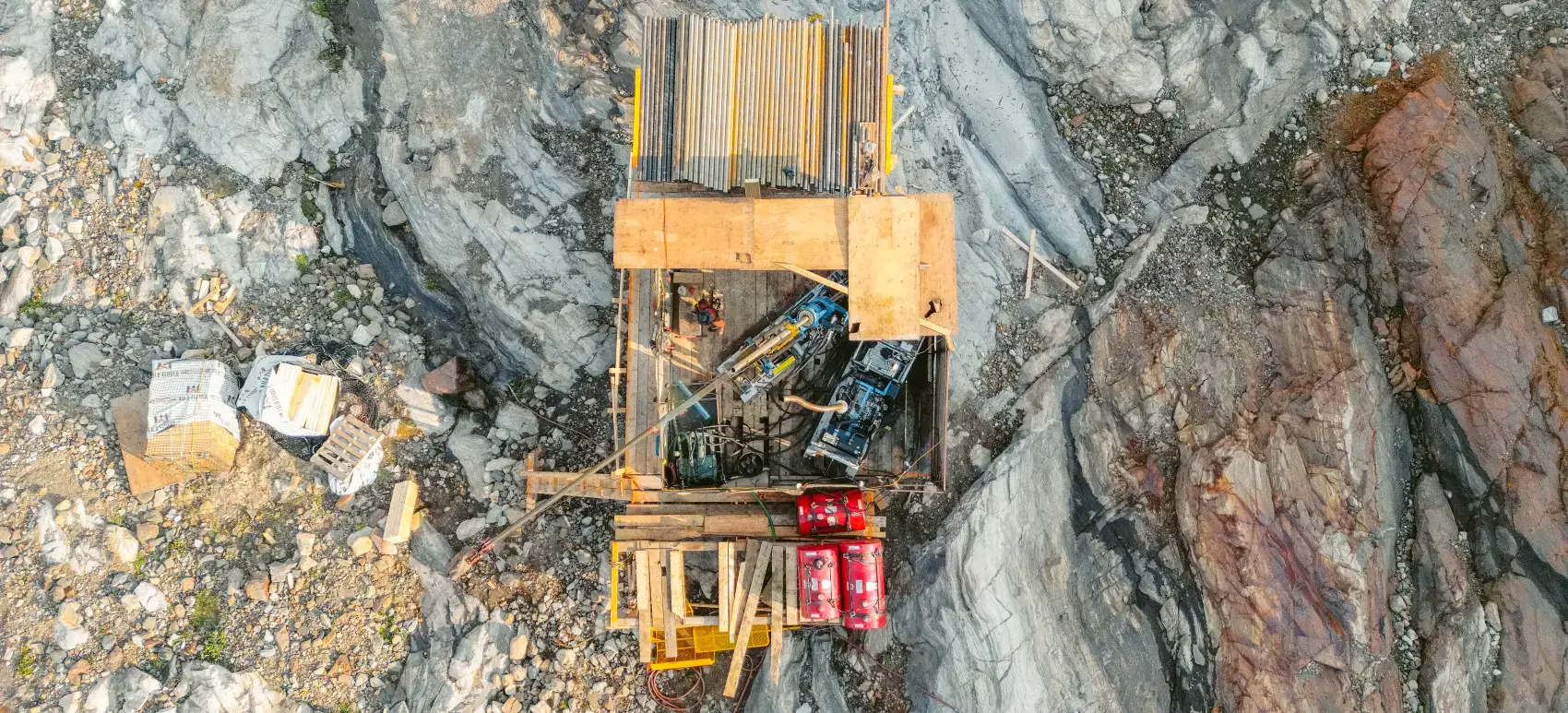American West Metals: Sedimentary Copper System Confirmed
The Australian American West Metals (ASX AW1 / WKN A3DE4Y) is intensively exploring the Storm copper project in Nunavut, Canada. With the recently published drilling results, they have once again demonstrated new occurrences of the red metal.
According to American West, three diamond core drillings have confirmed a sediment-hosted copper system below the high-grade, near-surface deposits at Storm. Additionally, one of these drillings discovered further high-grade copper mineralization near the surface. However, this is located in the Thunder target area, 1 kilometer away from the known surface mineralization of Storm!
The fact that American West discovered here – in drill hole ST23-02 – 76 meters with 2% copper, including 48.6 meters with 3% copper and 20 meters with even 6.2% copper from just 40.8 meters depth, underscores the excellent resource expansion and exploration potential of the near-surface mineralization!
Is a World-Class Sedimentary Copper System Emerging at Storm?
As the company further reports, all three drill holes ST23-01, ST23-02, and ST23-03, which each investigated different geophysical and structural targets at distances of 600 to 2 kilometers from each other, encountered copper sulfide mineralization – at the same stratigraphic level. Grades of up to 2.7% copper were detected. The copper mineralization and geology, according to American West, are very similar in all boreholes, suggesting that the stratigraphy of this deeper mineralization system could be laterally very extensive.
The results, which are not nearly as high-grade as the surface results (details can be found in the company’s press release), also confirm the connection between sediment-contained copper and gravity anomalies, according to American West. This once again demonstrates the considerable extent of the exploration potential, as more than 14 kilometers of strike length have not yet been investigated by drilling.
Still Enormous Exploration Potential
Dave O’Neill, Managing Director of American West Metals, explains, “We have demonstrated that the mineralized copper horizon is associated with a series of gravity anomalies that occur beneath or adjacent to known near-surface high-grade copper occurrences and major faults. These gravity features occur along the entire length of the Storm-Tornado Graben, supporting the potential for a very large sediment-hosted copper system, similar to the large-scale copper deposits in Congo and Botswana.”
All five deeper diamond drill holes have intersected the sediment-hosted copper system, with the large distance between the drill holes indicating the very large lateral extent of the system. With kilometer-scale targets yet to be tested, we will plan a larger drilling program for 2024 to explore the extent of the sediment-hosted copper.
The near-surface Thunder prospect has proven to be an exceptional discovery with grades of up to 49.6% copper. This type of copper grade and thickness is remarkable and rarely encountered in open-pit mining, further highlighting the resource potential of the near-surface mineralization.
One of the key insights from these drilling results is that – in addition to the already identified substantial amounts of mineralization – there are still enormous exploration opportunities at Storm. The extent of copper mineralization at Storm has yet to be defined, and we look forward to planning the exploration and drilling programs.
Conclusion: American West Metals has once again demonstrated in the Thunder target area, with the renewed discovery of thick sections of high-grade mineralization near the surface, just how large this potential alone still is. The results of the deep drilling may not have met market expectations, but in our view – and obviously in the view of management – they represent a very promising start. In the coming weeks, American West will gradually receive the outstanding results of this year’s drilling at Storm, which should provide further insight. The same applies to the results of samples from the Tempest target area. We are also looking forward to the results of ore sorting, processing, and process optimization on a range of ore types from zones 2750N and 4100N, as well as the first resource estimate for the near-surface deposits at Storm, announced for the end of the year.







